If you’re planning to redesign your home or office, you want to make sure that the end result is not only aesthetically pleasing but also functional. That’s where interior design considerations come into play. Interior design is more than just choosing colours and furniture – it’s about creating a space that meets your needs and enhances your lifestyle.
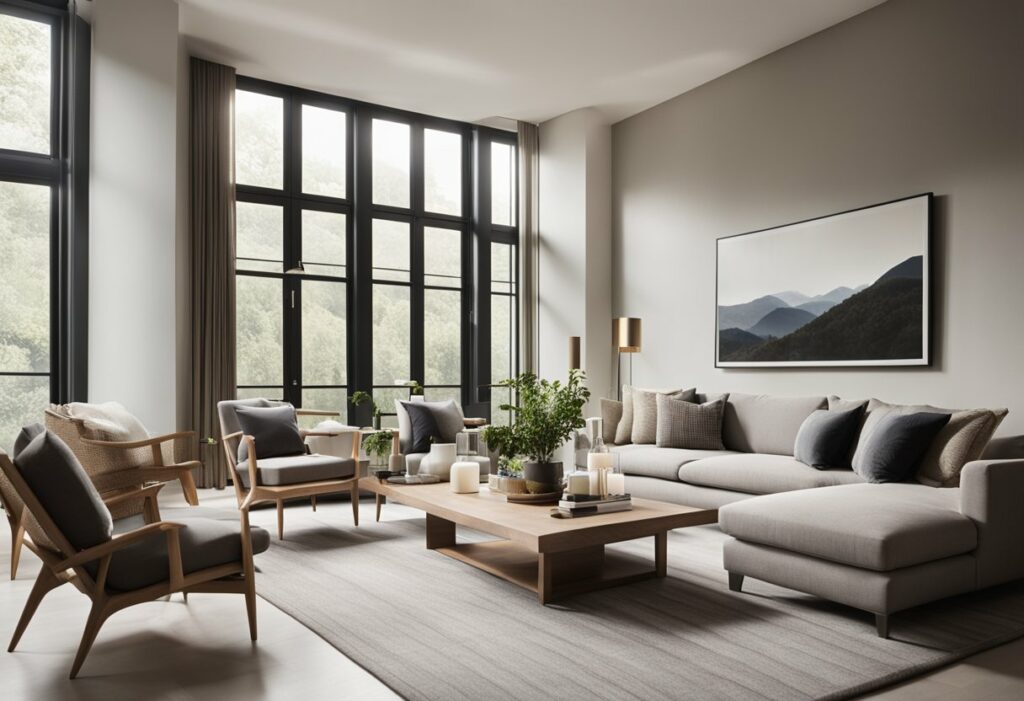
Understanding interior design is the first step in creating a space that you’ll love. This involves planning and conceptualisation, material and finish selections, furniture and decor choices, project management and execution, and design for different spaces. By taking these factors into account, you can create a cohesive design that reflects your personal style and enhances the functionality of your space.
Enhancing functionality and aesthetics is another important consideration in interior design. You want to create a space that not only looks good but also works for you. This means considering things like traffic flow, lighting, and storage solutions. By taking these factors into account, you can create a space that is both beautiful and practical.
Key Takeaways
- Interior design is about creating a space that meets your needs and enhances your lifestyle.
- Understanding interior design involves planning and conceptualisation, material and finish selections, furniture and decor choices, project management and execution, and design for different spaces.
- Enhancing functionality and aesthetics is an important consideration in interior design.
Understanding Interior Design
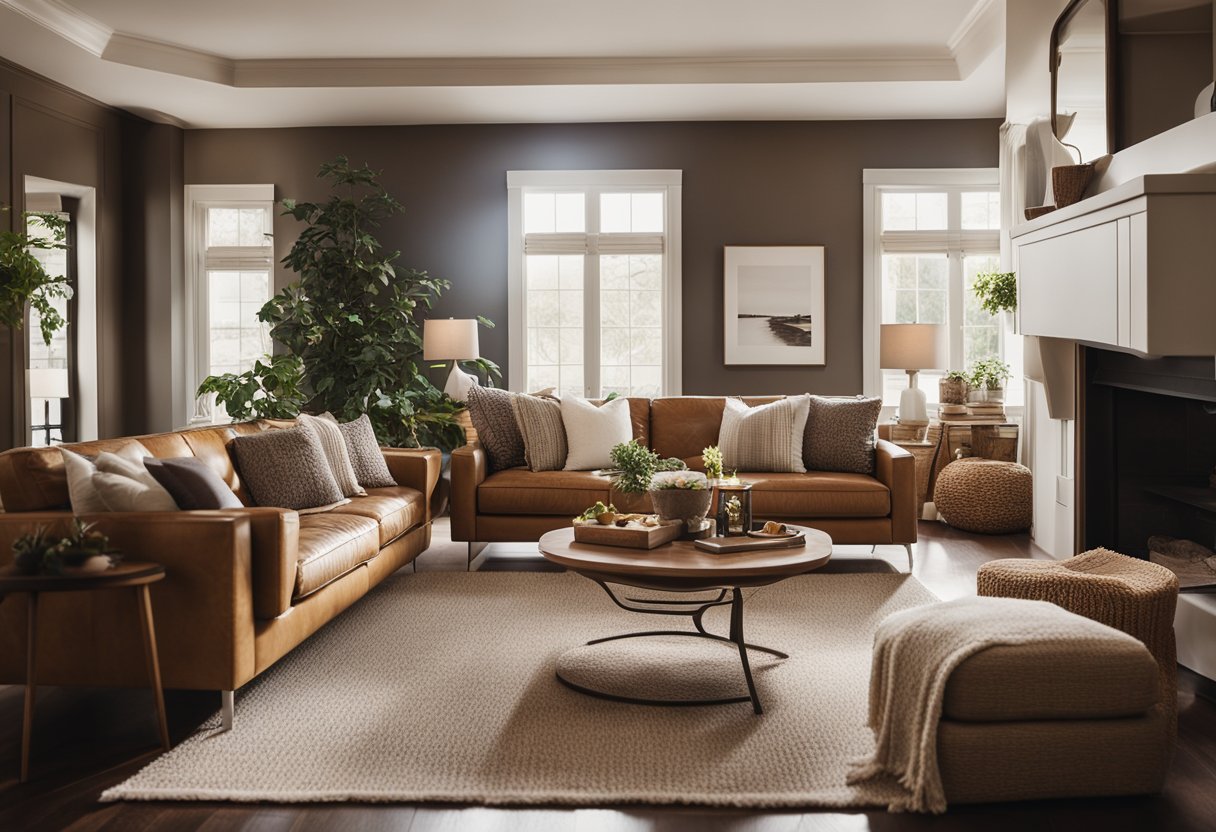
Interior design is the process of creating functional and aesthetically pleasing spaces within a building. Whether you are renovating an existing space or designing a new one, understanding the fundamentals of interior design is crucial to achieving a successful outcome. In this section, we will explore the key aspects of interior design that you should consider when embarking on a design project.
Fundamentals of Design
At the heart of interior design are the design elements and principles. These include line, form, texture, colour, pattern, balance, harmony, contrast, proportion, rhythm, repetition, and emphasis. By understanding these elements and how they work together, you can create spaces that are visually appealing and functional.
Design Elements and Principles
Design elements and principles are the building blocks of interior design. Line refers to the visual connection between two points, while form refers to the three-dimensional shape of an object. Texture is the tactile quality of a surface, while colour and pattern create visual interest. Balance, harmony, contrast, proportion, rhythm, repetition, and emphasis are all principles that help create unity and visual appeal in a space.
The Role of an Interior Designer
An interior designer is a professional who helps clients create functional and aesthetically pleasing spaces. They work with clients to understand their needs and goals, and then develop a design plan that meets those needs. Interior designers are responsible for space planning, selecting furniture and finishes, creating a focal point, and ensuring that the space is visually appealing.
Design Psychology
Design psychology is the study of how design affects human behaviour and emotions. By understanding the science behind design, interior designers can create spaces that promote positive moods and create a desired atmosphere. They can also use design to improve functionality and energy efficiency.
Industry Trends and Innovations
The interior design industry is constantly evolving, with new trends and innovations emerging all the time. From 3D rendering technology to sustainable design practices, there are many exciting developments in the field. Keeping up with the latest trends and innovations can help interior designers create spaces that are both functional and visually appealing.
In conclusion, understanding the fundamentals of interior design is crucial to creating spaces that are both functional and visually appealing. By working with a professional interior designer and keeping up with the latest trends and innovations, you can ensure that your design project is executed to the highest standard.
Planning and Conceptualisation
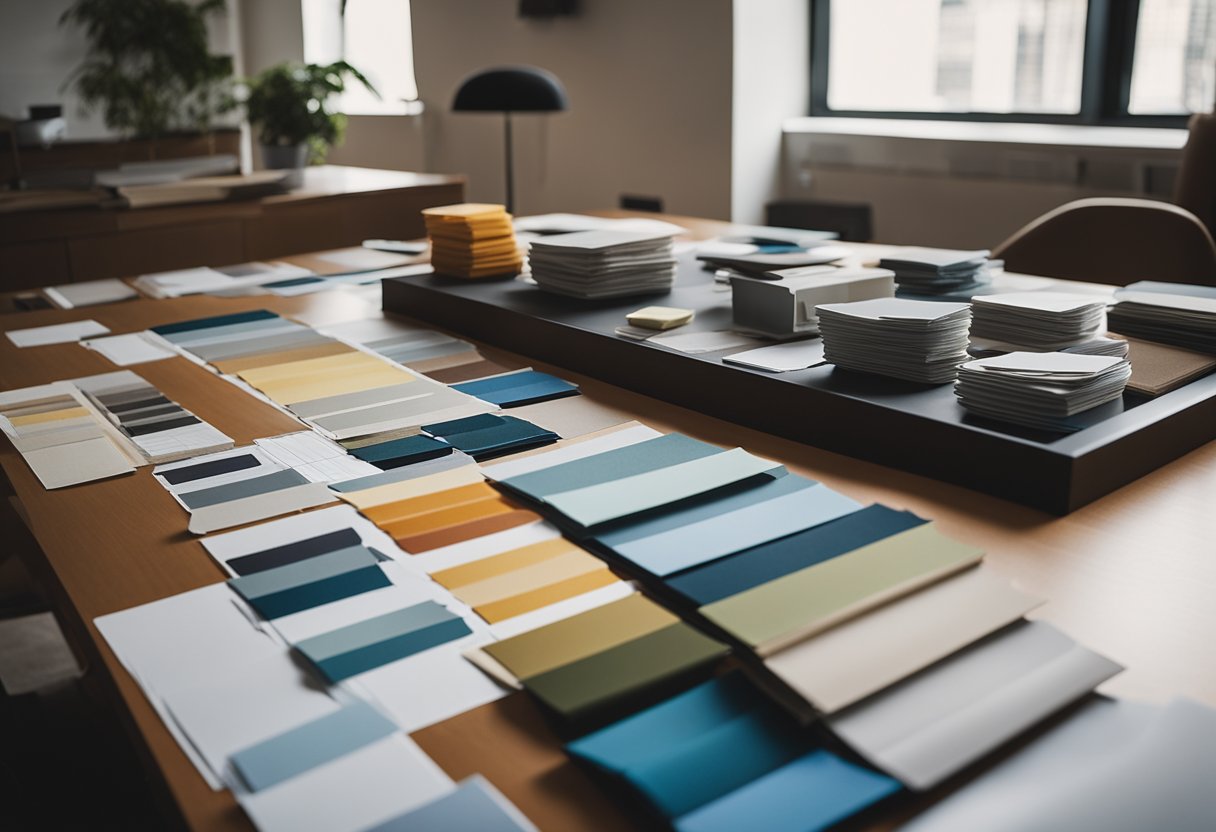
As you embark on your interior design project, it’s important to start with a solid plan and concept. This will help you stay on track and ensure that your final design meets your needs and expectations. Here are some key considerations for planning and conceptualisation:
Space Analysis and Planning
Before you start any design work, it’s important to analyse your space and plan accordingly. This involves taking into account factors such as the function of the room, the flow of traffic, and the layout of furniture. To help with this, you may want to create a floor plan or use 3D rendering software to visualise your space.
Creating a Design Concept
Once you have a good understanding of your space, you can start to create a design concept. This involves choosing a colour palette, creating mood boards, and selecting furniture layouts. It’s important to keep your budget and resources in mind when making these decisions.
Visualisation Techniques
Visualisation techniques can be incredibly helpful when it comes to planning and conceptualisation. This might involve creating 3D renderings of your space, using virtual reality technology to explore different design options, or even creating physical models of your space using cardboard or other materials.
By taking the time to plan and conceptualise your interior design project, you can ensure that your final design meets your needs and reflects your personal style. With careful consideration of factors such as function, flow, and multi-purpose rooms, you can create a space that is both beautiful and practical.
Material and Finish Selections
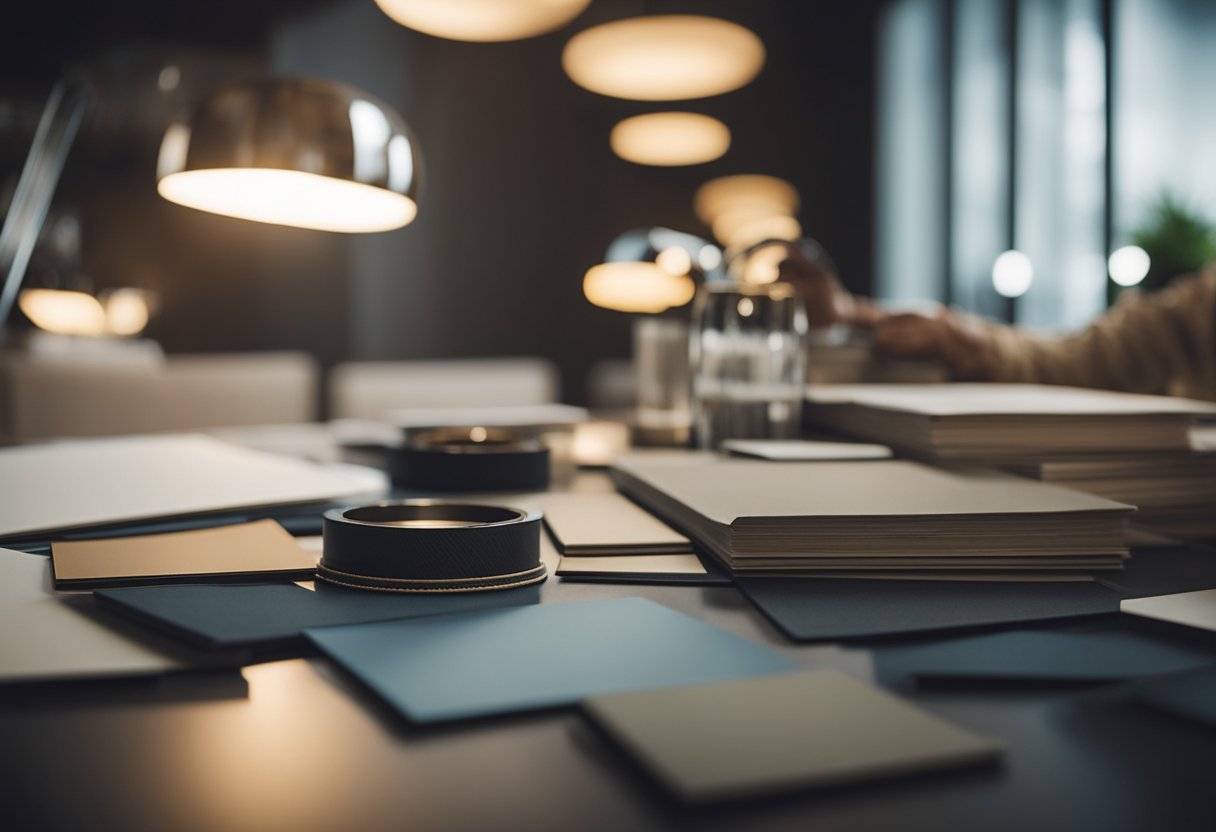
When it comes to interior design, material and finish selections are critical components that can make or break the overall look and feel of a space. Here are some considerations to keep in mind when making your selections.
Choosing the Right Materials
Selecting the right materials is essential to achieving a cohesive and functional design. Quality is key when choosing materials, as it ensures longevity and durability. Natural materials such as wood, bamboo, cork, and concrete are versatile and offer a range of finishes to choose from. Synthetic materials such as laminate can also offer a similar look and feel at a lower cost.
Selecting Sustainable Options
Sustainability is becoming increasingly important in interior design. Choosing sustainable materials not only benefits the environment but also adds value to your space. Timber is a great sustainable option as it is renewable and energy-efficient. When selecting sustainable materials, consider their longevity and energy efficiency.
Textures and Fabrics
Textures and fabrics add depth and character to a space. Drapery and curtains can add a touch of elegance and softness to a room, while tile and floor coverings can create a more modern and sleek look. When selecting textures and fabrics, consider the overall style and feel of the space.
Flooring and Wall Treatments
Flooring and wall treatments are the finishing touches to any interior design project. Wall painting can add colour and personality to a room, while flooring can create a sense of warmth and comfort. When selecting flooring and wall treatments, consider their durability and maintenance requirements.
In conclusion, material and finish selections are critical components in interior design that can make or break the overall look and feel of a space. By keeping these considerations in mind, you can create a functional and cohesive design that is both sustainable and aesthetically pleasing.
Furniture and Decor
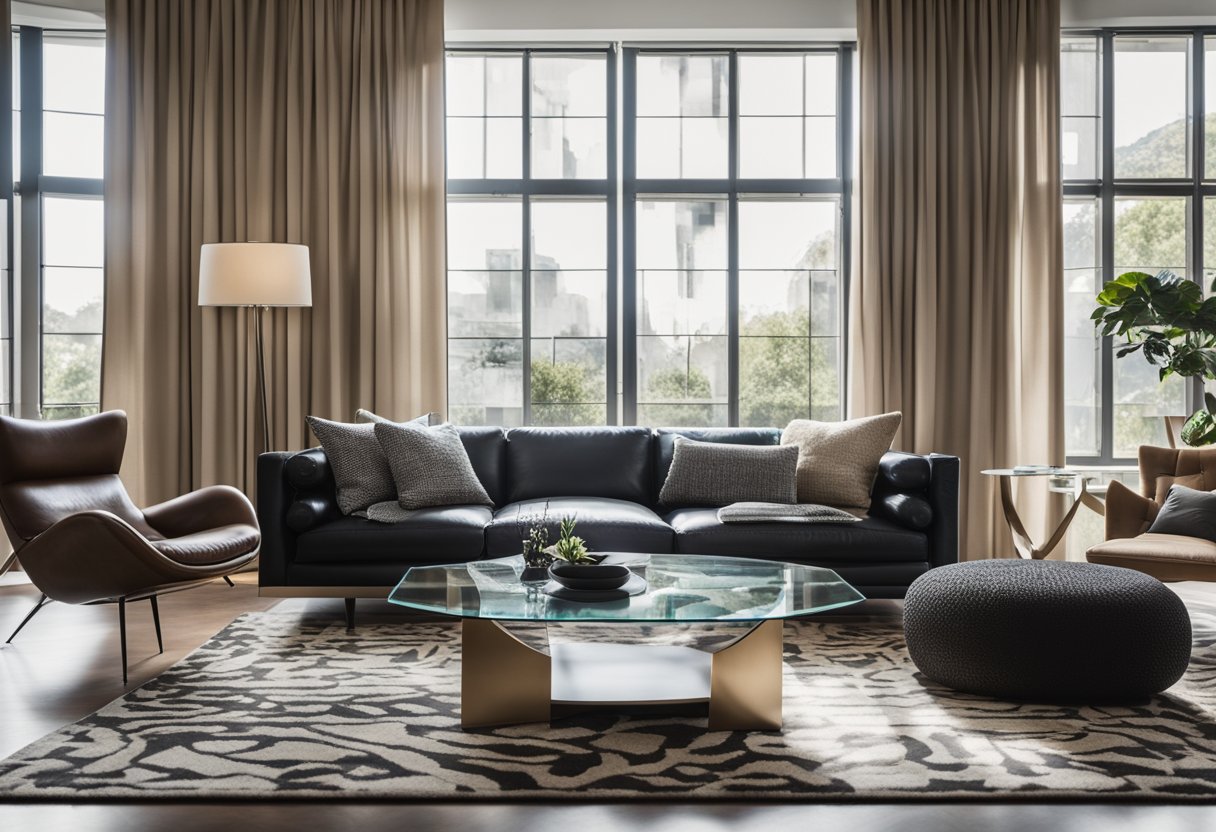
When it comes to interior design, furniture and decor are two of the most important considerations. Here are some key aspects to keep in mind when selecting and styling your furnishings and accessories.
Furniture Selection and Placement
When selecting furniture, consider both form and function. Furniture should not only look great, but also be practical and comfortable. Think about the scale and size of your furniture in relation to the room and other objects in it. Consider the flexibility of your furniture – can it be easily moved or repositioned?
Placement is also important. Furniture should be arranged in a way that promotes flow and functionality. Consider the purpose of the room and how you want people to move through it. Avoid overcrowding and leave enough space for people to move around comfortably.
Accessorising and Styling
Accessorising and styling are important elements of interior design that can really bring a room to life. Accent colours, objects, and fixtures can add personality and character to a space.
When styling, consider the overall theme or style you want to achieve. Select objects and decor that are in line with this theme, but don’t be afraid to mix and match styles for an eclectic look.
Storage is also an important consideration when it comes to decor. Choose storage solutions that are both functional and stylish.
Lighting and Ambiance
Lighting is a crucial element of interior design that can greatly impact the mood and ambiance of a room. Consider both natural and artificial light sources, and how they interact with each other.
Lighting fixtures should be selected based on the purpose of the room. For example, a bright overhead light may be suitable for a kitchen, but a softer, more ambient light may be more appropriate for a bedroom.
Don’t be afraid to experiment with lighting to create different moods and atmospheres. Dimmer switches and lamps can be used to create a cosy and intimate atmosphere, while brighter lighting can be used to promote productivity and alertness.
Project Management and Execution
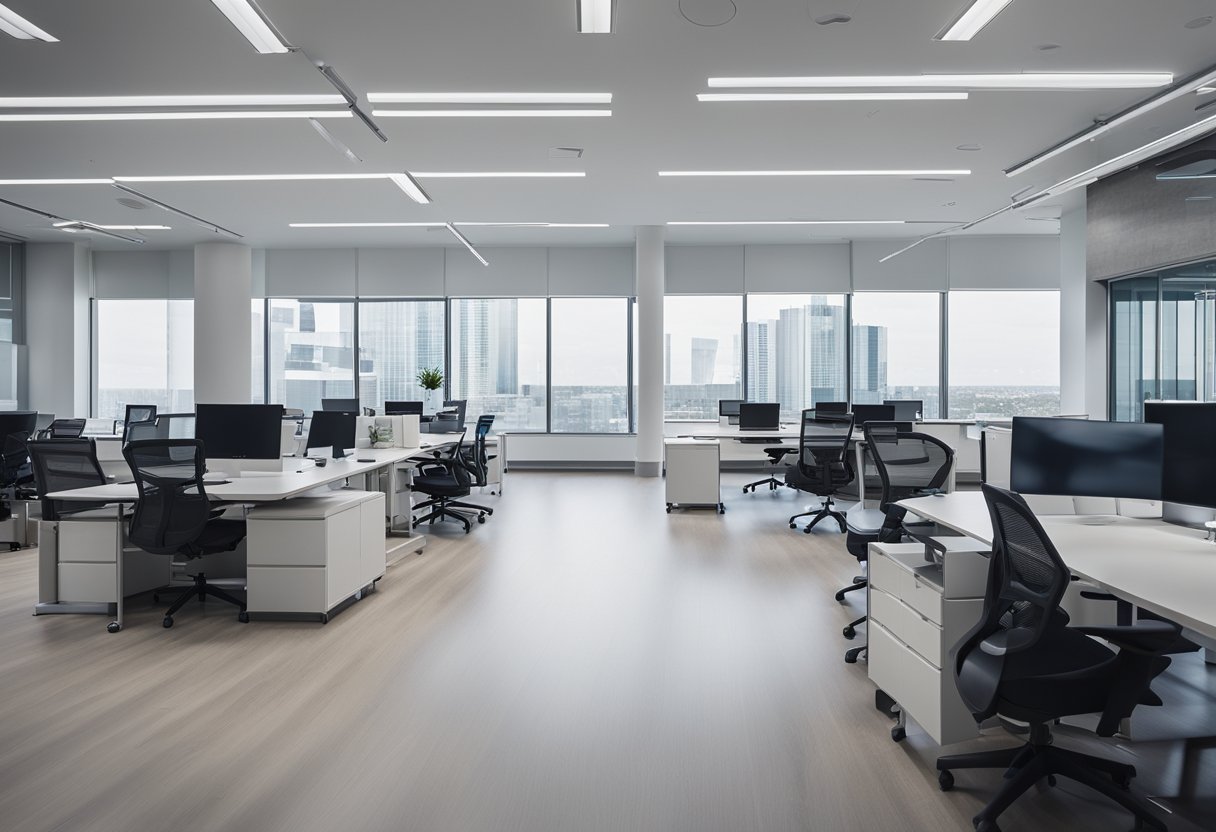
When it comes to interior design projects, project management and execution are crucial to ensure everything runs smoothly and to keep the project on track. Here are some considerations to keep in mind:
Budgeting and Resource Allocation
Before starting any interior design project, it’s important to establish a budget and allocate resources accordingly. This will help you to avoid overspending and ensure that you have enough resources to complete the project. Make sure to discuss the budget with the client and get their approval before proceeding.
Coordinating with Contractors
As an interior design company, you will likely need to work with professionals such as architects and contractors to complete the project. It’s important to coordinate with these professionals to ensure that everyone is on the same page and that the project is completed to a high standard. Make sure to communicate regularly and address any issues that arise promptly.
Overseeing the Renovation Process
If the project involves renovations, it’s important to oversee the process to ensure that everything is done correctly and to a high standard. This may involve checking in with contractors regularly, reviewing plans and cost estimates, and making sure that everything is on track.
Final Touches and Review
Once the renovations are complete, it’s important to add the finishing touches to the space. This may involve adding furniture, accessories, and other decorative elements. It’s also important to review the space to ensure that everything is up to standard and that the client is satisfied with the end result.
Overall, project management and execution are crucial to the success of any interior design project. By keeping these considerations in mind and working closely with professionals and clients, you can ensure that the project is completed to a high standard and that everyone involved is satisfied with the end result.
Design for Different Spaces
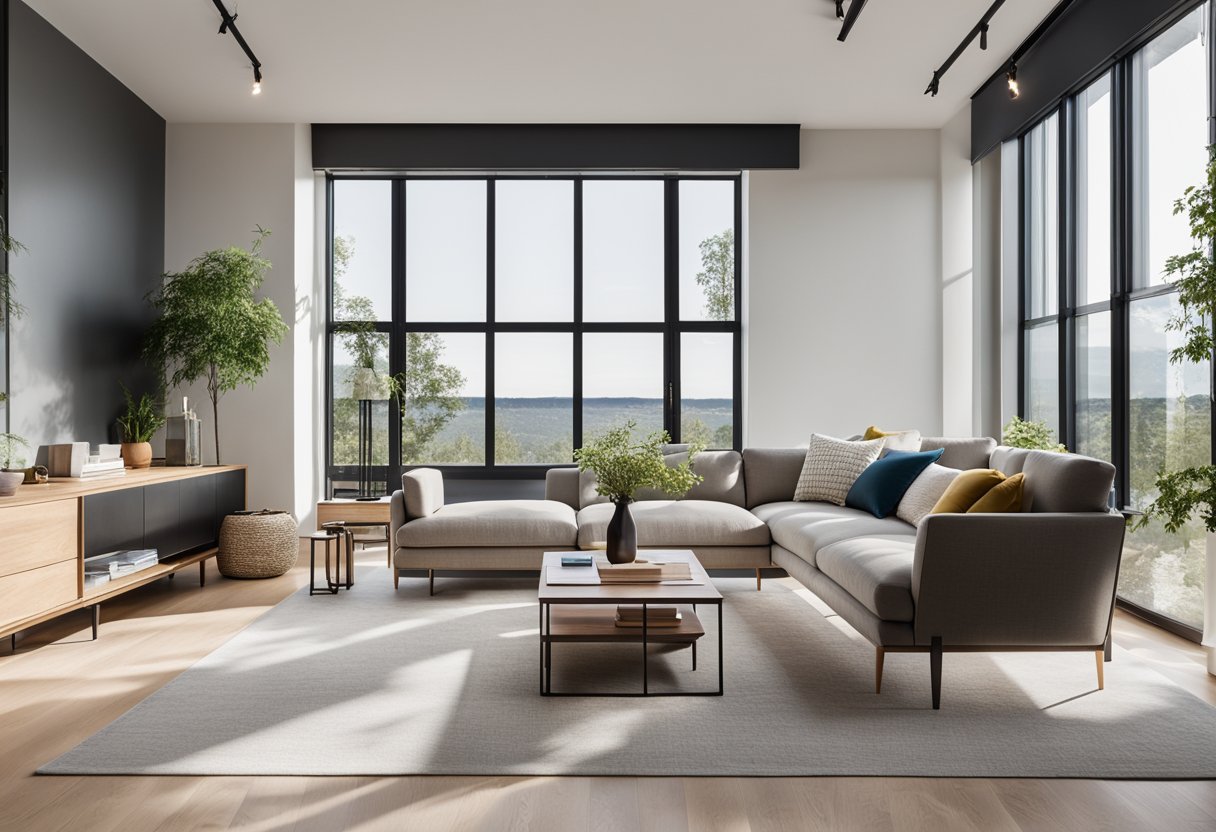
When it comes to interior design, different spaces require different considerations. Whether you’re designing a residential or commercial space, or a specialised room, there are certain elements that you need to keep in mind to ensure that the design is functional, aesthetically pleasing, and meets the needs of the people who will be using the space.
Residential Interior Design
For homeowners, the design of their home is an important aspect of their lives. It’s where they spend most of their time, and it’s where they raise their families. When designing a residential space, it’s important to consider the needs of the homeowners, as well as the environment in which the home is located.
Some of the important considerations for residential interior design include kitchen design, bathroom design, and living room design. These are the spaces where homeowners spend the most time, and they need to be functional, comfortable, and aesthetically pleasing.
Commercial Interior Design
For business owners, the design of their commercial space is an important aspect of their brand identity. The design of a commercial space needs to reflect the values and personality of the business, while also being functional and meeting the needs of the people who will be using the space.
Some of the important considerations for commercial interior design include space planning, accessibility, and inclusive design. These are the elements that will ensure that the space is functional, comfortable, and accessible to everyone who needs to use it.
Specialised Room Design
Specialised rooms such as home theatres, home offices, or game rooms require a different approach to design. These rooms are designed for a specific purpose, and the design needs to reflect that purpose.
When designing a specialised room, it’s important to consider factors such as acoustics, lighting, and furniture placement. These elements will ensure that the room is functional, comfortable, and aesthetically pleasing.
Adaptive and Inclusive Design
Adaptive and inclusive design is an important consideration for all types of interior design. It’s important to ensure that the space is accessible to everyone who needs to use it, regardless of their abilities.
Some of the important considerations for adaptive and inclusive design include door width, space planning, and furniture placement. These elements will ensure that the space is accessible to everyone, and that it meets the needs of people with different abilities.
In conclusion, when designing different spaces, it’s important to consider the needs of the people who will be using the space, as well as the environment in which the space is located. By taking these factors into consideration, you can create a functional, comfortable, and aesthetically pleasing space that meets the needs of everyone who uses it.
Enhancing Functionality and Aesthetics
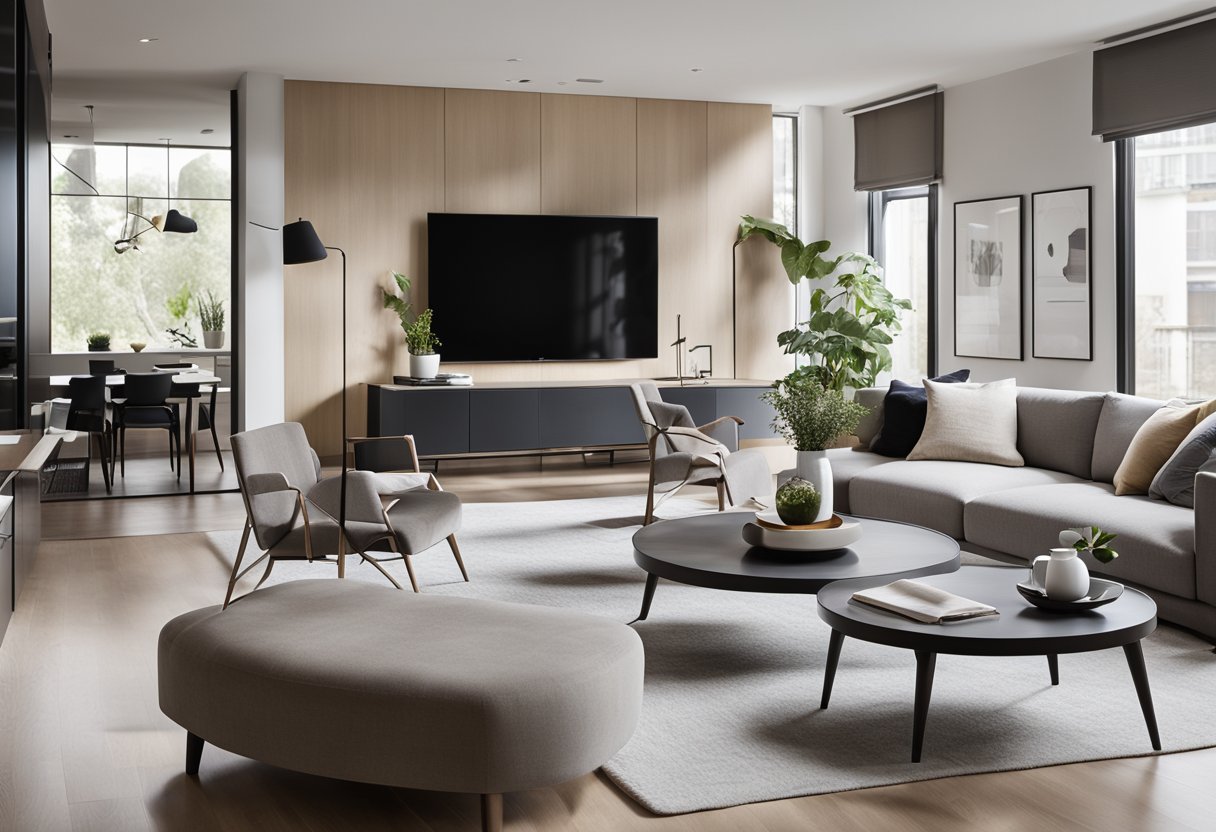
When it comes to interior design, you want a space that not only looks great but also functions well. Here are some tips to help you enhance both functionality and aesthetics in your home.
Maximising Space Utilisation
One of the most important aspects of interior design is making the most of the space you have. This involves careful planning and layout to ensure that every inch of your home is utilised effectively. Consider using multi-functional furniture, such as a sofa bed or storage ottoman, to save space and add functionality.
Incorporating Personal Style
Your home should reflect your personal taste and style. Incorporating your individuality into your design choices can make your space feel more welcoming and comfortable. Consider adding accent pieces, such as artwork or decorative pillows, to add pops of colour and personality to your home.
Creating Focal Points
Focal points are an essential element of interior design. They draw the eye and create a sense of unity and structure in your space. Consider creating a focal point with a statement piece of furniture, such as a bold-coloured sofa or a unique coffee table. You can also use accent lighting to draw attention to specific areas of your home.
Overall, by considering both functionality and aesthetics, you can create a space that not only looks great but also functions well. With some careful planning and attention to detail, you can create a home that is both stylish and practical.
Maintaining Design Integrity
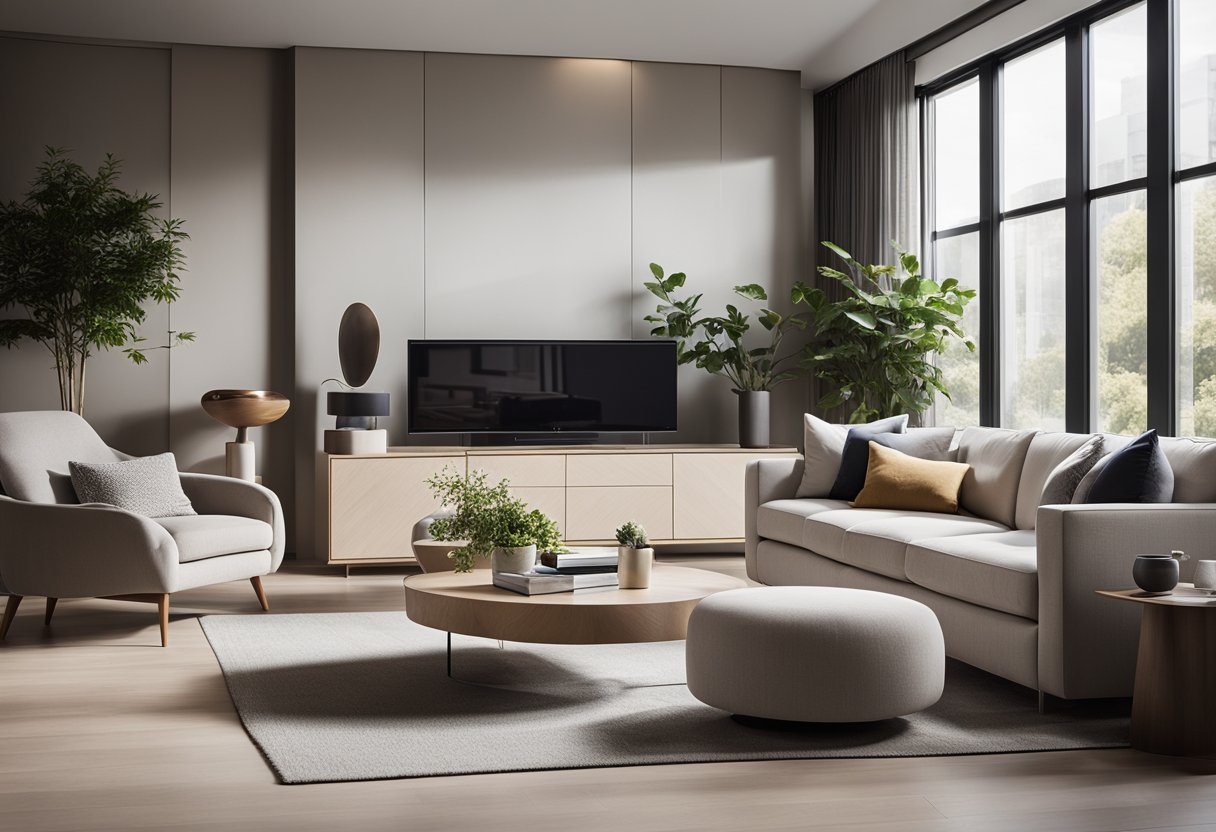
As an interior designer, maintaining design integrity is crucial to ensure that your design concept is consistent and of high quality throughout the project. Here are some key considerations to keep in mind to maintain design integrity:
Consistency in Design
To maintain consistency in design, it is important to establish a clear design concept from the outset. This will help you to create a cohesive design that is harmonious, balanced, and flows well. Consistency in design also means paying attention to the quality of materials used, ensuring that they are durable and of high quality, and that craftsmanship is of a high standard.
Quality Control
Quality control is essential to maintain design integrity. This involves ensuring that every aspect of the design is of a high standard, from the materials used to the installation process. Regular quality checks should be carried out to ensure that the design is being executed to the highest standard and that any issues are addressed promptly.
Adapting to Changes
Flexibility is key to maintaining design integrity, as changes to the design may need to be made throughout the project. It is important to be open to adjustments and updates, while still ensuring that the overall design concept is maintained. This may involve adapting to changes in the client’s requirements or unexpected issues that arise during the project.
By following these key considerations, you can maintain design integrity and ensure that your interior design project is of the highest quality, with a cohesive and harmonious design that is built to last.
Final Considerations
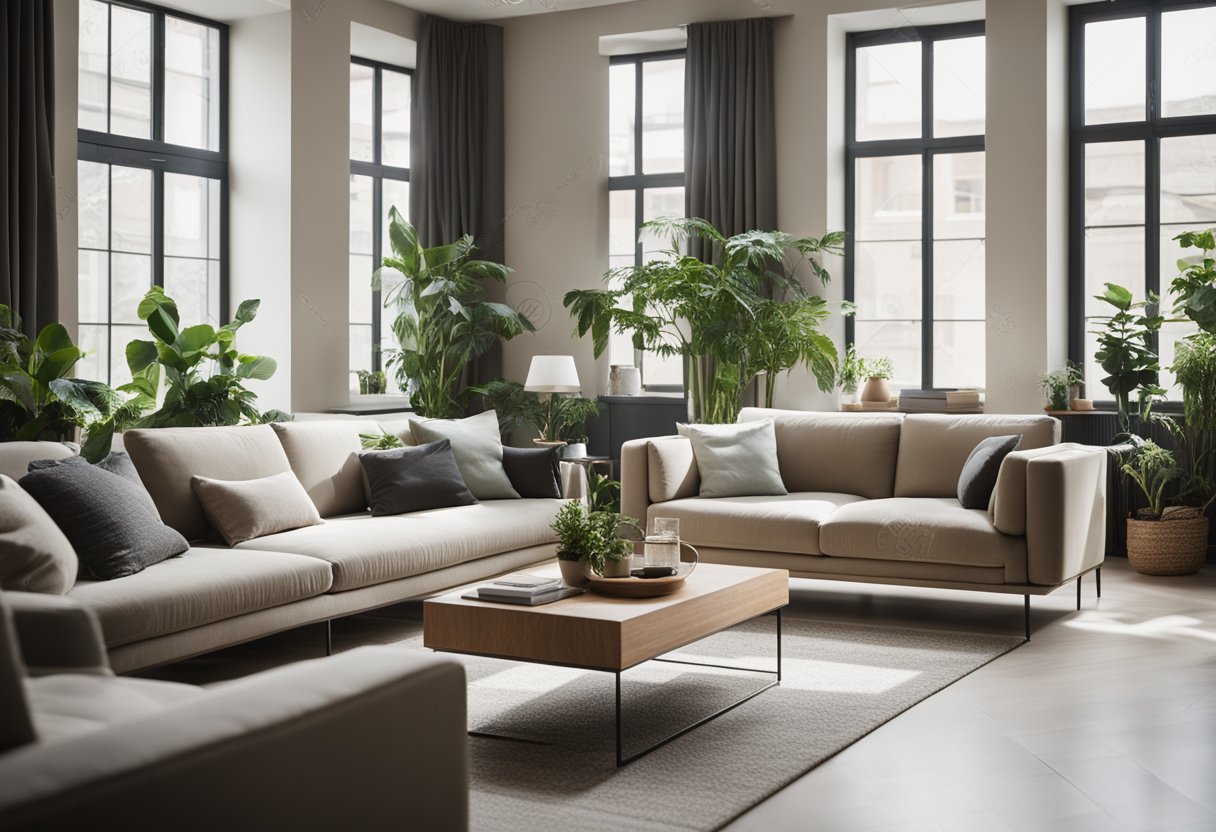
As you approach the end of your interior design project, there are a few final considerations to keep in mind to ensure that your space is not only visually appealing but also safe and compliant.
Safety and Compliance
When it comes to designing any space, safety should always be a top priority. You should ensure that your design adheres to all safety standards and regulations, including fire safety, electrical safety, and accessibility requirements.
In addition, you should consider the impact of your design on the environment and the community. Sustainable materials and practices can help reduce your carbon footprint and promote a healthier environment for all.
Evaluating Design Impact
After your design is complete, it’s important to evaluate its impact on the users of the space. Post-occupancy evaluation and user feedback can provide valuable insights into the effectiveness of your design and help identify areas for improvement.
An impact assessment can also help you measure the success of your design in achieving its goals, whether they be aesthetic, functional, or both. By regularly evaluating the impact of your design, you can continue to refine and improve your approach to interior design.
In summary, by prioritising safety and compliance, considering the impact of your design on the environment and community, and regularly evaluating the effectiveness of your design, you can create beautiful and functional spaces that meet the needs of their users.
Frequently Asked Questions
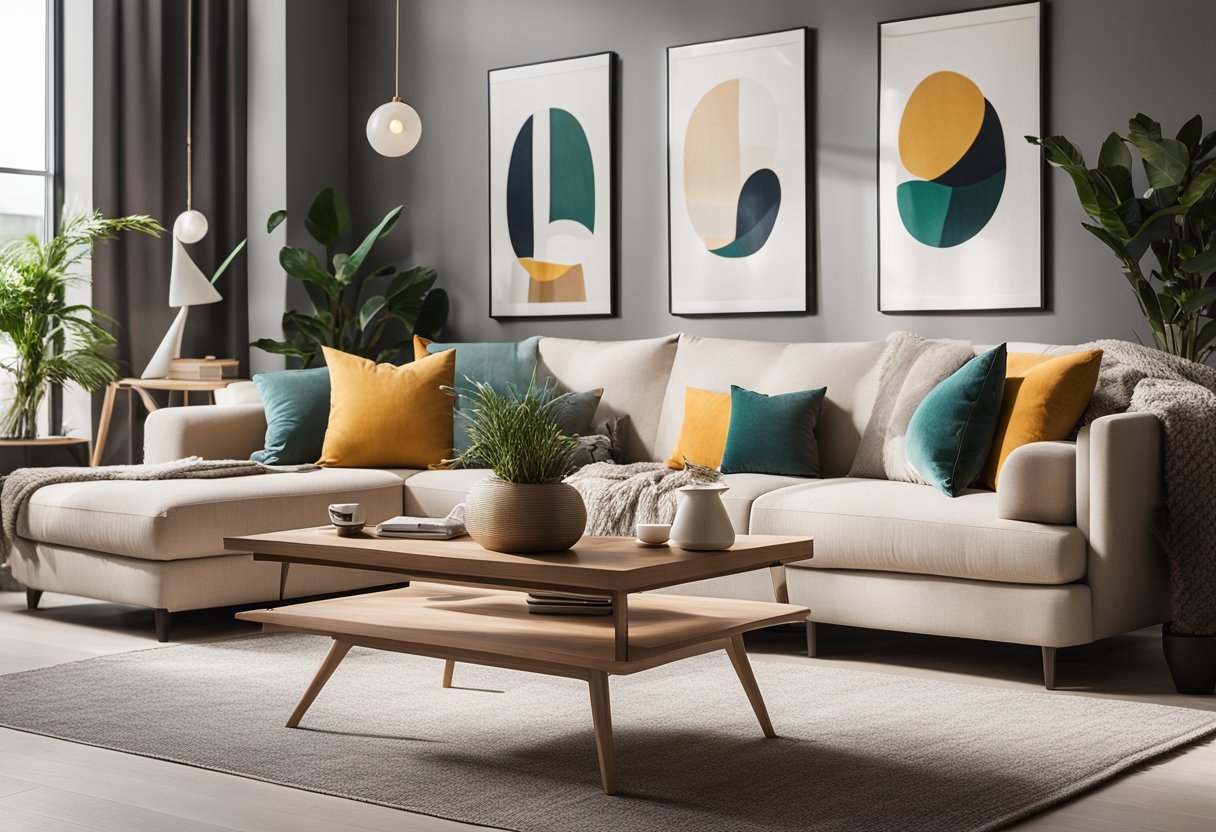
What are the essential elements to consider when planning a room’s layout?
When planning a room’s layout, there are several essential elements to consider. These include the size and shape of the room, the purpose of the space, and the furniture and decor that will be used. It’s important to create a functional and aesthetically pleasing layout that maximizes the available space and suits your lifestyle.
How can lighting choices transform an interior space?
Lighting is a crucial element of interior design as it can completely transform the look and feel of a room. The right lighting can highlight key features, create a warm and inviting atmosphere, and even improve your mood. It’s important to consider the natural light available in the space, as well as the type of artificial lighting that will be used.
In what ways do colour schemes influence the ambiance of a home?
Colour schemes play a significant role in creating the ambiance of a home. They can evoke different emotions and set the tone for the entire space. Warm colours like reds and oranges can create a cozy and inviting atmosphere, while cooler colours like blues and greens can create a calming and relaxing environment. It’s important to choose a colour scheme that suits your personal style and complements the other elements in the room.
What role does texture play in creating a visually dynamic environment?
Texture is an essential element of interior design as it adds depth and visual interest to a space. Different textures can create a contrast and balance in a room, making it more visually appealing. Textured fabrics and materials like wood, stone, and metal can add warmth and character to a space.
How should one incorporate functionality and style in small living spaces?
Incorporating functionality and style in small living spaces can be challenging, but it’s not impossible. It’s important to choose multi-functional furniture that can serve more than one purpose. Additionally, using light colours and minimalistic decor can create an illusion of more space. Storage solutions like shelves and cabinets can also help to keep the space organized and clutter-free.
What are the latest sustainable materials making a splash in eco-friendly interior design?
Sustainable materials are becoming increasingly popular in eco-friendly interior design. Some of the latest materials include bamboo, cork, and recycled glass. These materials are not only environmentally friendly but also add a unique and stylish touch to a space. It’s important to consider the sustainability of materials when designing a space to reduce the environmental impact.


